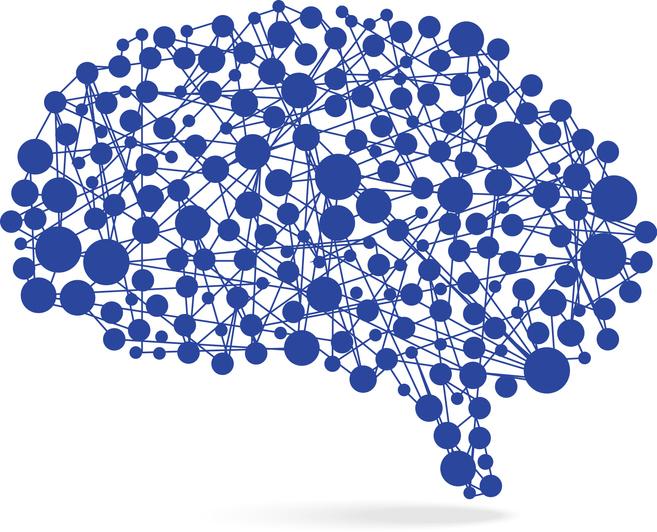Another important approach in the field of constructivism is localized learning, which states that learning develops as a result of participation in activities, in specific contexts and in relationships with people. Authentic learning is always situated: that is why there cannot be abstract learning of a situation; Furthermore, from the learner’s point of view, it is normally unintentional and characterized as a natural derivation of an authentic interaction. In this PsychologyFor article we will better understand What is localized learning, the authors who have theorized it, its phases and characteristics, and also some examples<
What is situated learning and authors
The concept of situated learning (situated learning theory) certainly presents parallels with that of individual learning. Jean Lave (1988) originally proposed localized learning tepria and was later developed into a localized learning model. brown et al. (1989). More specifically, Lave and Wenger developed the concept of localized learning as the end point of their research on learning.
Lave (1988) states that Learning depends on the activity, the context and the culture in which it occurs that is to say, is located< An example of this situated learning is when children learn about fruits and vegetables in the garden, in the market, and in the kitchen preparing food. Instead of seeing pictures in a book. This imposition contrasts with most learning activities in class, which imply, instead, abstract and decontestualized knowledge.
The key principles of localized learning are:
- Learning occurs depending on the activity, the conflict and the culture in which it takes place.
- Social interaction is the key to localized learning.
- Learning tasks must be presented in authentic contexts.
- Learning requires social interaction and collaboration.
- Learning is facilitated and encouraged when scaffolding opportunities are offered.
Situated learning theory has emphasized the value of context in the learning process, stating that most of what is learned is specific to the situation in which it is learned< More than abstract notions, social roles, communicative practices, behaviors, even unwritten rules useful for moving around in problematic situations are learned. From this perspective, learning can be described not as acquisition of content, but as participation (increasingly intense) in the meaningful practices of a community.
Phases of situated learning
Hernandez and Diaz (2015) mention that to develop situated learning it must be carried out in four steps:
- Starting from reality< Before addressing content, it is necessary to address a significant everyday life experience for the student, use the student's real life as a learning input, so that it allows him or her to recognize and connect life with education and discover that they are related. with the other one. The mediator must be an expert in being able to link experiences or aspects of the daily life of his students with the contents of the subject(s).
- Analysis and reflection
- Solve together< It is the moment where students exercise the experience of life and the contents learned in a school practice. The mediator must be an expert in designing practices where his students demonstrate the acquired knowledge applied to a problem or to solve a case. This step is the most important of situated learning, because it is where students apply and verify step 1 and 2. In this step, different competencies are developed, in turn, collaborative work, communication, creativity and innovation. The design of school practices is the best way to create transformative education.
- Communicate and transfer< The teacher and the students themselves select the best way to socialize the learning achieved, Hernández & Díaz mention that “communicating and transferring learning makes others not only know the learning experienced but also add to it, reinforce it, become “accomplices.” " of the".
Characteristics of situated learning
Lave and Wenger alternatively propose a theory that places learning in the context of specific forms of social participation; For them, learning is an integral and inseparable aspect of social practice. It is in this sense that we use the adjective “situated” referring to educational action, precisely to affirm:
- He relational character of knowledge and learning.
- He negotiated nature of meaning, and the interested, committed and motivated nature of the learning activity for the people involved.
- He social character of learning that always occurs in relation to a context; The mind itself, far from being an empty container that must be filled, is constructed in action and interaction within a social world; Learning is not simply found in practice, but is an integral part of social practice in the world.
- He negotiating character of participation: “Participation is always based on the situated negotiation and renegotiation of the meaning of the world. This means that understanding and experience are in constant interaction, in fact, they build on each other.
- He localized character of knowledge, because it is inseparable from active participation in the context and the product of social practices.
The person who learns does not acquire, in the learning process, abstract knowledge that he or she can later transport and apply in other contexts, but he or she acquires the ability to act by effectively engaging in practice, according to the modalities that the authors call “legitimate peripheral participation.” that is, according to modalities that imply a gradual taking of responsibility and first limited participation, then, with increasing experience, increasing, until complete participation.
In these articles, you will find more information about Ausubel’s meaningful learning and Vygotsky’s sociocultural theory.
This article is merely informative, at PsychologyFor we do not have the power to make a diagnosis or recommend a treatment. We invite you to go to a psychologist to treat your particular case.
If you want to read more articles similar to Situated learning: what it is, phases, characteristics, authors and examples we recommend that you enter our Cognitive Psychology category.
Bibliography
- Del Gottardo, E. (2016). Educating community, hopeful learning, competent community
- Pérez Salazar, GG (2017). Learning situated before a constructivist theory in postmodernity
- Petti, L. (2011). Informal learning in Rete. Online community maintenance planning
- Veneziani, M. (2016). What future for accounting education? Criticism and evolutionary aspects. Milan: Franco Angeli.
- Pérez Salazar, GG (2017). Learning situated before a constructivist theory in postmodernity








